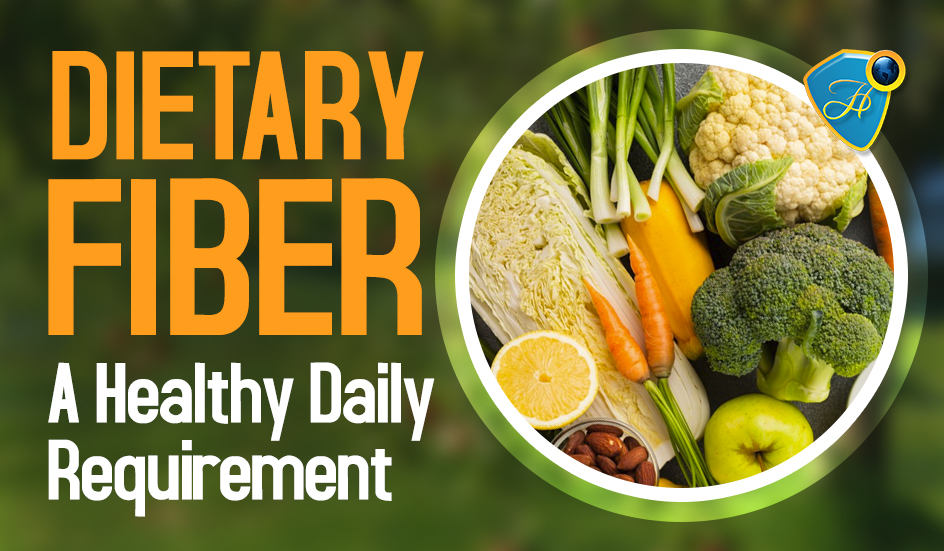
Fibre is an essential part of a healthy diet; fuller in bulk, yet devoid of excess calories and fat, and packed with many health benefits. Dietary fibre can be considered the healthiest of all carbohydrate food options. Fibre gives your meal the required bulk while replacing most of the heavy carbohydrates and fats typical of most common diets.
However, not everyone gets enough intake of fibre daily; it's recommended that you include between 20 and 30 grams of fibre in the diet daily.
Health Benefits of a High-Fibre Diet
Consumption of food that is rich in fibre is of benefit to you in the following ways:
1. Improves Blood Sugar Control: Fibre from legumes, barley, oats, some fruits and vegetables help regulate blood sugar and by lowering serum cholesterol, protect against heart disease. Excess blood fats are possibly reduced as well.
2. Heart health may improve by diets rich in fibre through its cholesterol-lowering effects.
3. Combats Constipation: The most undisputed advantage of fibre is its ability to soften and expand stool volume, speeding up faecal transit and elimination. Fibre increases the rate at which waste products are removed from the body.
4. Enhances weight loss since the meal is bulky, but has low fat and calories.
5. Possible protection against and prevention of some types of cancer, hemorrhoids, diverticular disease, Irritable Bowel Syndrome (IBS), etc.
Common Sources of High-Fibre Foods
You may be wondering how to increase your daily fibre intake without dramatically altering your diet. Here are a few examples of foods that are high in dietary fibre:
· Fruits – apple, avocado pear, raspberries, banana, orange, strawberries, figs, etc.
· Vegetables – carrots, potatoes, artichokes, green peas, broccoli, turnip greens, Brussels sprouts, sweet corn, tomato, etc.
· Grains – corn, wheat, barley, rye, brown rice, oat · Legumes, nuts and seeds – white beans, black beans, kidney beans, almonds, lentils, split peas, sunflower seed kernels and pecans.
Although most people don't consume enough fibre, it is vital to watch the rate of increase in dietary fibre intake, as a sudden and major increase in fibre intake may result in bloating, gas or abdominal pain. A healthy way to gradually increase the fibre in your diet is to consume five grams more than you would over a three-to-five-day period while drinking plenty of water. It is also important to note that the recommended fibre intake for children differs from that of adults; and can be calculated by adding five grams of fibre to the child's age in years.
Get more fibre in your diet today and keep living in vitality!








